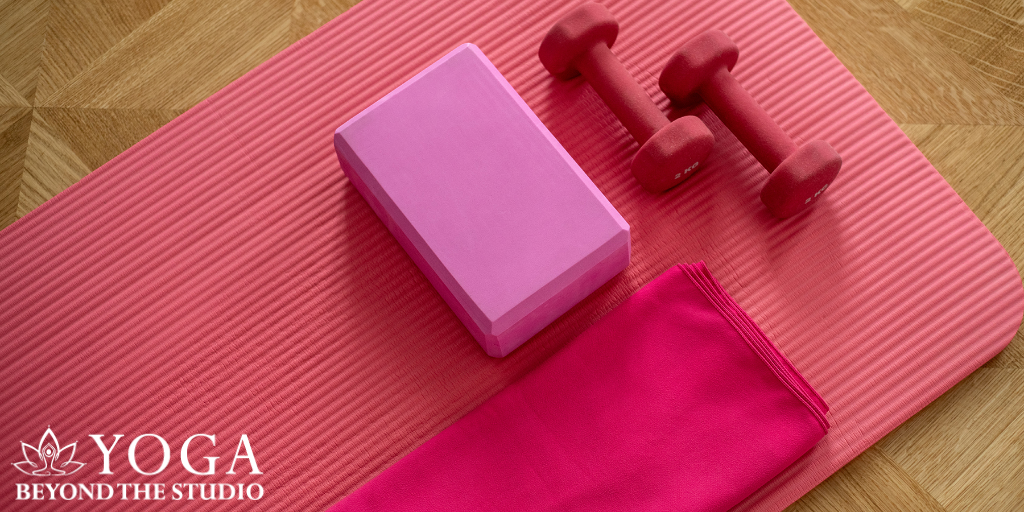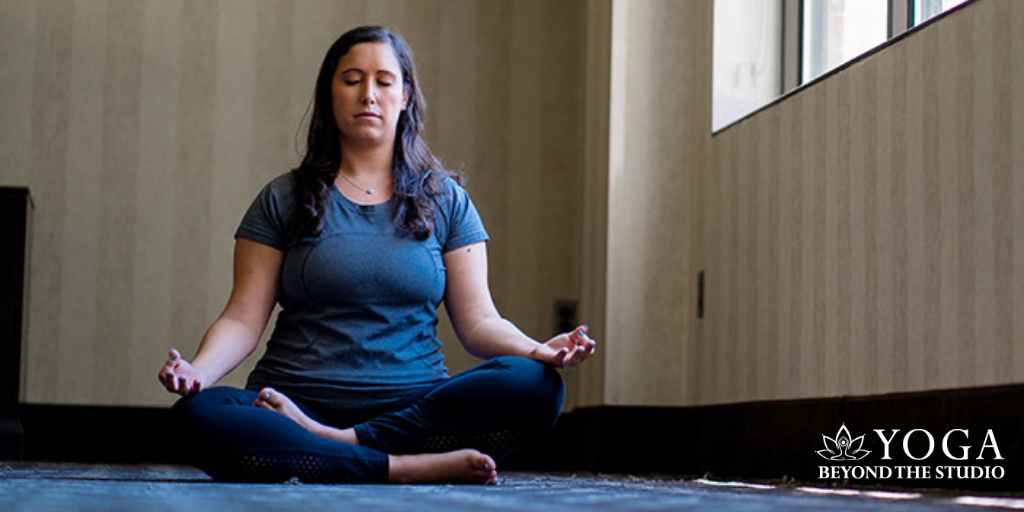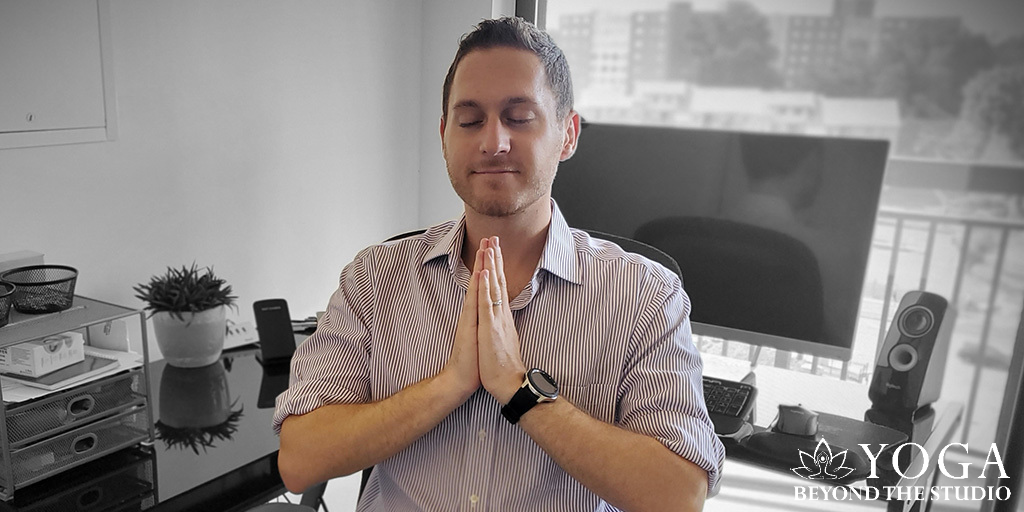
If you’ve ever experienced a back injury, you know how much it can change your day-to-day life. Simple movements suddenly require effort, sleep becomes interrupted, and your world can shrink around pain and recovery routines. Yoga won’t replace medical treatment, but when used wisely, it can become a steady ally in your journey back to comfort and strength.
Through gentle movement, breath awareness, and mindful rest, yoga helps your body heal while teaching you how to trust it again. Over time, it supports not just your spine but also your mood, sleep, and sense of control.
Understanding The True Impact Of A Back Injury
A back injury doesn’t just hurt physically. It can affect how you live, work, and interact with those around you. Many people find themselves frustrated by reduced mobility or discouraged by slow progress, and that emotional weight can make recovery harder.
It’s normal to feel impatient, anxious, or even isolated while you heal. That’s where mindfulness, movement, and breathwork can help stabilize your mental state while your body does the physical repair work.
How Gentle Yoga Supports Your Recovery
Yoga offers a safe way to move again once your healthcare provider gives the green light. The goal is to retrain your body through slow, pain-free motion and reestablish alignment without straining the injured area.
Gentle stretching increases circulation, which helps nourish tissues and ease muscle tension. Breathing with awareness regulates your nervous system, reducing the stress hormones that can amplify pain. Together, these practices help restore a sense of calm control that supports the healing process.
Research supports this approach. According to a Harvard Health study on yoga and back pain, regular gentle practice can improve function and reduce discomfort for many people with chronic back issues.
Breathwork And Relaxation Techniques
Breathwork, known as pranayama, is one of yoga’s simplest yet most effective tools. Try inhaling for four counts and exhaling for six counts to relax your body’s stress response. This slows the heart rate, calms the mind, and prepares your muscles for gentle stretching.
Restorative poses like legs-up-the-wall or supported bridge help decompress the spine while improving circulation. Props such as pillows, blankets, or yoga blocks allow your body to fully release tension without effort.
Rebuilding Strength And Postural Awareness
Once pain begins to subside, awareness becomes your best strength-building tool. Focus on your posture as you move, soften the ribs, lengthen the spine, and engage the lower belly. Over time, this mindful engagement supports core stability, which protects your back from reinjury.
If you’re ready to add movement, begin with gentle sequences designed for beginners. For example, explore our guide to treating lower back pain or learn to try to straighten your back safely while seated.
A Short Recovery-Friendly Yoga Sequence
Always move below your pain threshold and breathe steadily throughout each pose. Stop if you feel sharp or radiating pain, and check with your provider if anything feels off.
- Supine diaphragmatic breathing – 2 to 3 minutes with one hand on your belly to feel expansion.
- Knee-to-chest (one leg at a time) – 5 breaths each side, keeping shoulders relaxed.
- Figure-four on the back – Light hip opener for 5 to 8 breaths, without pulling into pain.
- Supported bridge – Rest your hips on a block or pillow for 1 to 2 minutes, allowing gentle decompression.
- Legs-up-the-wall – 3 to 5 minutes to calm the nervous system and relax the lower back.
After the sequence, roll to your side, pause for a few breaths, and slowly sit up. The goal isn’t intensity – it’s comfort and consistency.
Integrating Yoga Into Your Care Plan
Yoga works best as part of a broader recovery plan. Your doctor or physical therapist can help identify which movements are safe for your specific condition. Once cleared, private yoga sessions can bridge the gap between medical care and daily life by helping you move confidently again.
Private instruction ensures proper alignment, adapts postures to your mobility level, and helps you stay accountable to consistent practice. Even a few minutes of mindful movement each day can improve mood, flexibility, and pain tolerance.
Choosing The Right Style Of Yoga During Recovery
Not all yoga styles are suitable for an injured back. Start with practices that emphasize stillness and support.
Hatha yoga offers slow pacing and clear alignment cues ideal for beginners. Restorative yoga provides full support for deep relaxation and nervous system repair. Yin yoga uses long, gentle holds that release deep connective tissue tension when done mindfully.
When unsure, start with short, guided sessions led by an experienced instructor familiar with back injury recovery.
When To Rest Or Seek Medical Advice
If you notice increased pain, numbness, tingling, or weakness, pause your practice and contact your healthcare provider. Never push through pain, and avoid deep twists, strong backbends, or heavy forward folds until cleared medically.
Recovery is not a straight line – expect both good and challenging days. Listening to your body is the most important part of your yoga practice.
Helpful Reads From Our Blog
- 6 Beginner Yoga Poses For Lower Back Pain
- 9 Benefits Of Taking Private Yoga Classes
- Benefits Of Doing Yoga At Work
FAQ: Yoga And Back Injury Recovery
Is yoga safe right after a back injury?
Wait until you have clearance from your healthcare provider. Begin with supported poses and short sessions to avoid aggravating the injury. Gentle consistency matters more than intensity.
How often should I practice?
Five to ten minutes most days can make a real difference. Over time, you’ll notice reduced stiffness, better sleep, and calmer moods. Learn more about why routine matters in our article on how yoga supports mental health.
What if my pain radiates down the leg?
That could indicate sciatic involvement. Modify poses and avoid deep bending or twisting until symptoms improve. See our guide on yoga for sciatica for targeted ideas.
Your Next Step Toward Healing
Healing from a back injury takes patience, presence, and support. With private instruction, you can safely build strength and mobility while regaining confidence in your body’s ability to move freely again.
If you’re ready to begin, our certified instructors can create a plan customized to your needs—whether at home or online. Book a private session and take your next step toward recovery.
In some cases, long-term recovery also means addressing the cause of your injury beyond the mat. If your back injury was the result of someone else’s negligence, you may benefit from legal guidance on compensation for ongoing treatment or missed work. You can learn more about your options through this resource on back injury lawsuits.






Comments